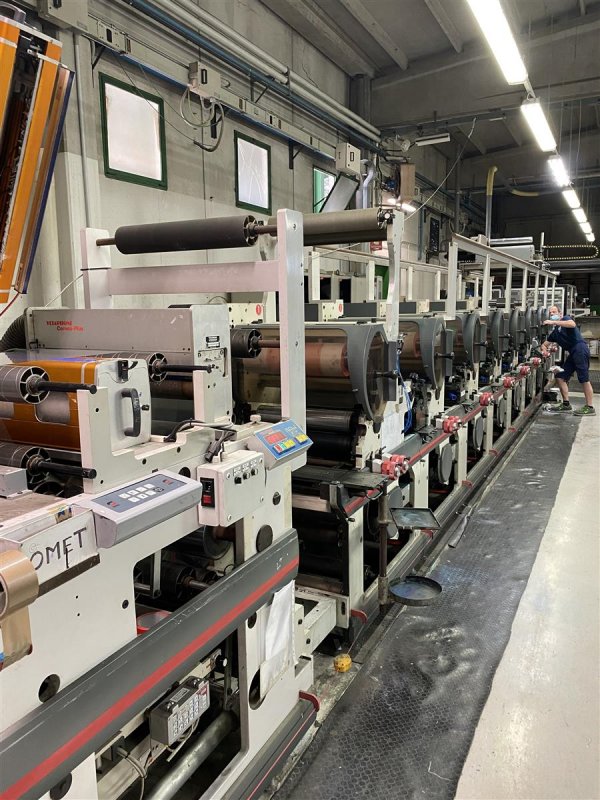Flexography vs. Lithography: What's the Difference?
2 min read
When it comes to printing, there are many different methods available, each with its own unique advantages and disadvantages. Two of the most popular printing methods are flexography and lithography. While both methods are used to print high-quality images and text, there are some key differences between the two.
Flexography, also known as flexo, is a printing method that uses flexible plates made of rubber or photopolymer to transfer ink onto a substrate. This method is commonly used for printing on packaging materials such as plastic bags, cardboard boxes, and labels. Flexo printing is known for its ability to print on a wide range of substrates, including non-porous materials like metal and plastic.
Lithography, on the other hand, is a printing method that uses a flat plate made of metal or plastic to transfer ink onto a substrate. This method is commonly used for printing on paper, cardboard, and other flat surfaces. Litho printing is known for its ability to produce high-quality, detailed images with vibrant colors.
One of the main differences between flexography and lithography is the type of plates used. Flexo plates are flexible and can be bent or curved to fit the shape of the substrate, while litho plates are rigid and must be flat. This means that flexo printing is better suited for printing on curved or irregular surfaces, while litho printing is better suited for printing on flat surfaces.
Another difference between the two methods is the type of ink used. Flexo printing typically uses water-based inks, while litho printing uses oil-based inks. Water-based inks are more environmentally friendly and easier to clean up, but they may not be as durable as oil-based inks.
In terms of cost, flexo printing is generally less expensive than litho printing, especially for large print runs. This is because flexo plates are less expensive to produce than litho plates, and the ink used in flexo printing is typically less expensive as well.
In conclusion, while both flexography and lithography are effective printing methods, they each have their own unique advantages and disadvantages. Flexo printing is better suited for printing on curved or irregular surfaces, while litho printing is better suited for printing on flat surfaces. Flexo printing is also generally less expensive than litho printing, but may not be as durable. Ultimately, the choice between the two methods will depend on the specific needs of the project.
